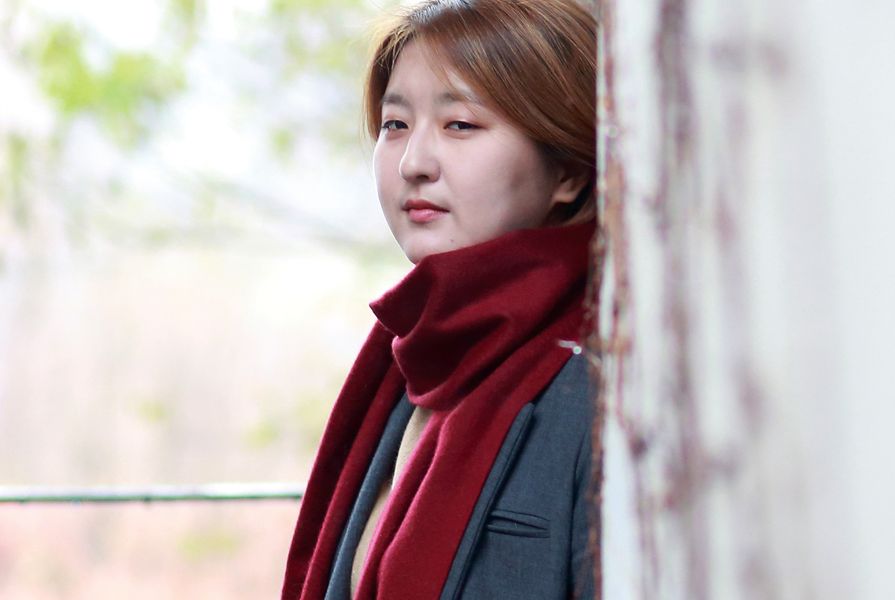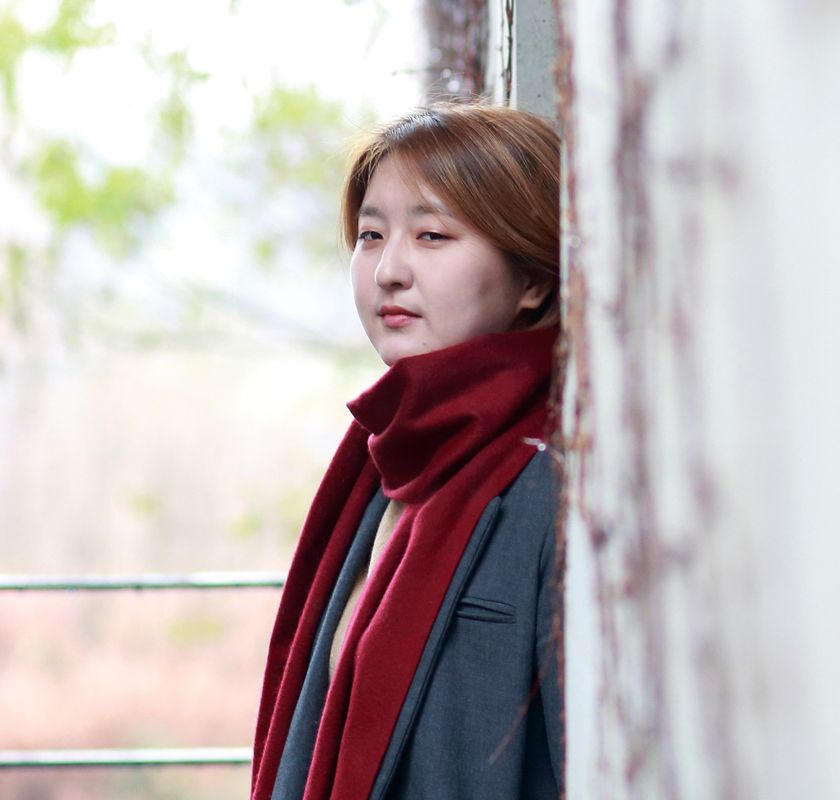Landscape Architecture Korea Image:
courtesy of Landscape Architecture Korea
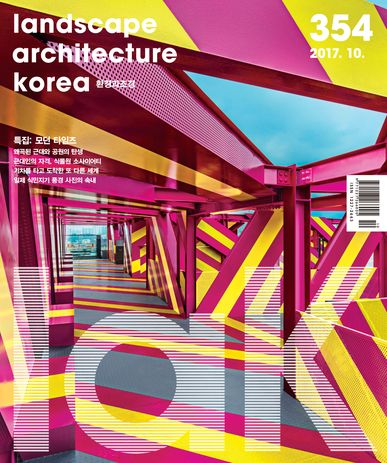
Published: Seoul, South Korea
Founded: 1982
Editor: Jeoungeun Kim, (former) senior editor
Landscape Architecture Australia: Could you tell us about the journal you edit?
Jeoungeun Kim: Landscape Architecture Korea (LAK) magazine was founded in 1982 and has published 354 issues (as of October 2017). LAK pursues three visions for the advancement of Korean landscape architecture culture: firstly, a public sphere that could lead the development of landscape architecture culture; secondly, a field of social communication where landscape discourses and critiques could be produced and shared; and thirdly, a vanguard base where global contemporaneity as well as regionality are discovered and accommodated.
LAA: Which edition has been your most successful?
JK: A special issue titled “Bicycle City – A city that encourages cycling” (no. 324, April 2015), which comprises various articles about cycling, city and culture. Han Gyeol Jo’s article “Riding to work in Seoul,” based on real-life experience, received a very good response from many readers.
Another special issue, titled “Growing up as a landscape architect” (no. 315, July 2014), also received a lot of attention from readers. Five questions were given to thirty Korean landscape architects in their thirties. By introducing their diverse life histories and visions, we wanted to show that non-star landscape architects can also grow and function professionally.
LAA: What are the most controversial projects or articles you have published?
JK: We published two special issues on the Seoullo 7017 Skygarden (Seoul Station overpass park) designed by MVRDV. The first issue (2015) dealt with the results of the international competition, including several critiques. The second issue (2017) dealt with the final outcome of the park’s construction, including critiques and interviews of major players. As there was a great deal of controversy regarding preservation of the overpass and MVRDV’s design scheme, it attracted a lot of attention.
The Candlelight Rally [a political protest] held at the downtown Seoul Gwanghwamun Plaza was attended by more than fifteen million Koreans from the end of 2016 to early 2017. We published a special issue on the plaza [with a focus on its] meaning as a space and its cultural meaning. Public attention on the plaza was very high and the topic was controversial.
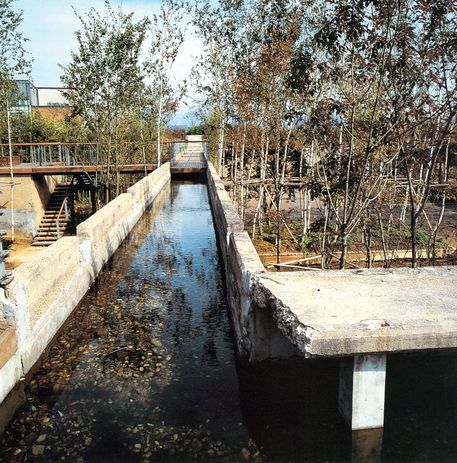
Seonyudo Park by Seoahn Total Landscape Architecture was converted from a water filtration plant into a public park in 2002.
Image: Seoahn Total Landscape Architecture
LAA: Which Asian works or designers do you identify as the most influential ones in your continent?
JK: Seonyudo Park by Seoahn Total Landscape Architecture, which sits on a small island under a Han River bridge in Seoul, was converted from a water filtration plant into a public park in 2002. This post-industrial regeneration park project improved the standard of park design in South Korea. Gyeongui Line Forest Park by DSW Landscape Design and Construction Co. is a linear park converted from an abandoned railway in 2015. It aroused great public attention on parks. Parkkim (founded by Yoonjin Park and Jungyoon Kim), based in Seoul, is one of Asia’s noteworthy designers (see page 63 for profile). They are producing remarkable outcomes in terms of creativity and completeness.
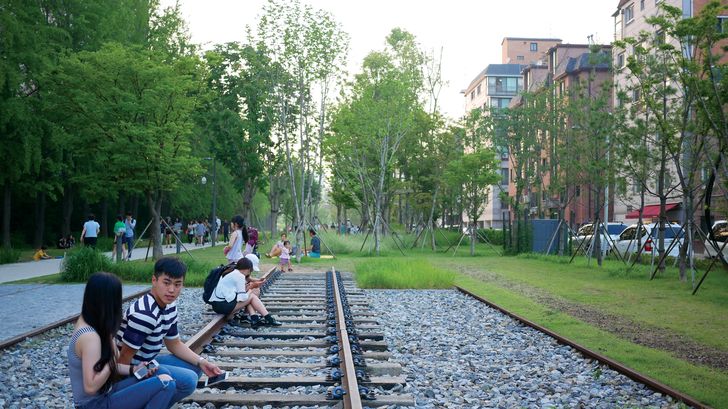
Gyeongui Line Forest Park by DSW Landscape Design and Construction Co. is a linear park converted from an abandoned railway in 2015.
Image: Gierlang Bhakti Putra
LAA: What are the most important landscape issues in your country?
JK: Urban regeneration, gentrification, interest in gardens and the Yongsan Park project at the US military base site in Seoul. Recently, emphasis shifted from demolition and reconstruction projects to regeneration in Korea. The national and regional governments also plan to invest plenty of money for urban regeneration. As professionals involved with these projects, we are also pondering how we can achieve good urban regeneration and what roles landscape architects should play.
Gentrification has become a familiar term for not only professionals, but also the general public … the public and the media [in Korea] show a strong negative opinion on the phenomena. It is a challenging task to upgrade a neighbourhood and at the same time keep the unique place identity without causing public anger.
Gardens and gardening have become more popular in Korea over the past five years. Many regional governments hold gardening expositions and provide gardening education programs. Korean people are more interested in gardening and horticulture than the artistic aspects of gardens or garden culture. Garden expositions and contests give opportunities to young landscape architects and raise the public recognition of gardens. However, it is difficult to say that Korean garden culture has had a qualitative growth or that an alternative garden culture has emerged.
The West 8 and Iroje consortium is working on the plan for the Yongsan Park project. One of the major problems is that the transfer of park site ownership from the US government to the Korean government is not yet complete. Professionals are working hard to come up with a plan to turn the site into a ecological park in cooperation with the Korean public and the government.
LAA: Is there a cliche about Asian landscape architecture?
JK: There is pressure regarding nature and tradition. This includes a common stereotype among the public and experts that parks and gardens should have traditional Korean elements and/or a lot of trees. In the design of parks and gardens, this stereotype sometimes leads to the addition of traditional tiled roofs, old-style lookout sheds ( wondumak ), stone walls or ponds that are out of local context.
LAA: Do you have a topic that you want the profession in Asia to explore further?
JK: [I would like the profession to explore] adapting the residential environment to urban and social changes such as redevelopment, reconstruction and demographic changes. Also, the role of landscape architects in urban regeneration, and how we can improve the quality of public space, including design quality.
Answers translated by landscape architect Hong-In Lee.
Source
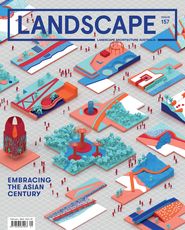
Practice
Published online: 14 Aug 2018
Words:
LandscapeAustralia Editorial Desk
Images:
courtesy of Landscape Architecture Korea
Issue
Landscape Architecture Australia, February 2018

